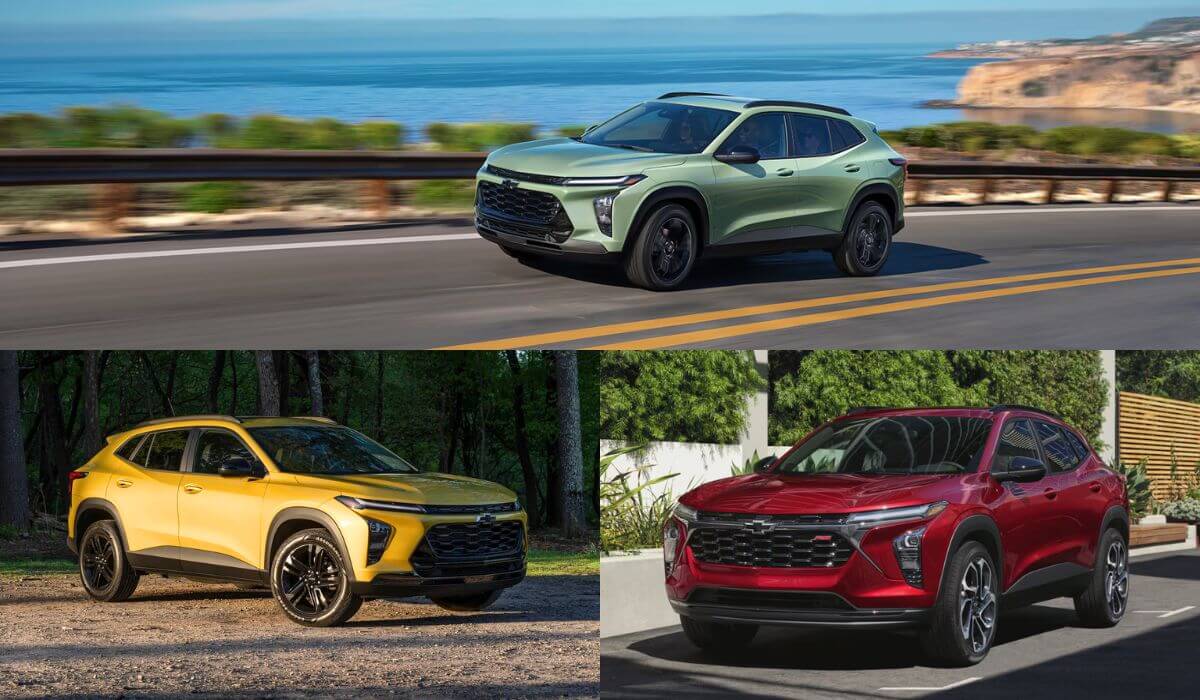Spice up any sporty vehicle, like spoilers, and bring significant attention to their performance style. Car spoilers appear on both performance vehicles and average cars by giving them an attractive look plus making them work better. A spoiler is a vehicle part designed to help cars run better, but what does it do to enhance performance? Let’s study what spoilers do, their different types, and their influence on vehicle handling.
Must Check: 10 Best Performance Sports Sedans You Can Buy Under $50K
Understanding the Spoiler
A spoiler refers to an aerodynamic part mounted at the front or back of a vehicle to change airflow around it. The main goal of a spoiler is to make the car grip better by balancing the steering while decreasing rising air as speed increases. Directing airflow differently across the vehicle surface spoilers makes the car more aerodynamically efficient.
Downforce remains the main working principle behind the spoiler design. When the car gets more weight on its wheels, it handles better and sticks to the pavement better. High-performance vehicles need spoilers mainly for driving performance, but regular cars use spoilers for style benefits and minor aerodynamic improvements.
Types of Spoilers
Spoilers exist in many shapes that work best for different vehicle types and tasks. Here are the most common types:
- Front Spoilers: These spoilers mount below the front bumper to improve airflow around the car. Reducing airflow under the vehicle through front spoilers helps vehicles gain more efficiency.
- Rear Spoilers: People easily identify rear spoilers attached to the back of the car boat trunk. The design fights against rear-lifting forces to make the vehicle more stable during high-speed travel. Drivers can control the ground force of their racing cars by adjusting several rear spoilers during different track competitions.
- Lip Spoilers: Small extensions stay connected to the back line of a car’s trunk area. Despite their minimal effect on downforce, lip spoilers help direct airflow flow better and give cars a sporty appearance.
- Roof Spoilers: Most hatchbacks, sedans, and SUVs feature roof spoilers mounted above the back window. They improve vehicle airflow management to decrease air drag while making driving smoother.
- Active Spoilers: Active spoilers respond quickly to changing driving scenarios through advanced mechanisms. These devices will be extended based on driving conditions to maximize downforce when moving fast and retract when cruising to save fuel.
How Spoilers Work
Spoilers shape airflow direction to make vehicles move better through the atmosphere. Here’s how they enhance performance:
- Reducing lift: High-velocity air movement over a vehicle causes lift, which weakens tire connection to the road surface. Spoilers manipulate air patterns to reduce lift and deliver better road grip when attached to a car’s surface.
- Increasing Downforce: The reduced lift device generates traction necessary for practical high-speed driving. The car sticks better to the road when spoilers push the vehicle toward the surface, which lets drivers take tighter bends more safely.
- Reducing Drag: Although spoilers mainly produce downforce, they shape airflow to cut back on drag. The system reduces air resistance to improve your fuel speed during fast driving.
- Enhancing Stability: Driving fast requires proper balance between air forces. Directing airflow through their structure spoilers helps prevent vehicles from skidding on their paths.
The Aesthetic Appeal of Spoilers?
Spoilers provide both technical benefits and attractive car design advantages.
Spoilers help cars fly through the air, giving them a bold, racing appearance. People who love cars mainly add spoilers to their vehicles to create an impressive design. Car producers develop spoilers that match their vehicles’ appearance and, at the same time, improve airflow.
Spoilers transform how a car looks in certain instances by creating a more athletic, performance-based appearance. On everyday vehicles that prioritize style above performance, the spoiler mainly acts as extra decoration to make the design sportier.
Do Spoilers Improve Fuel Economy?
Most spoilers help make vehicles handle better, although they can lessen air resistance in certain conditions. For regular driving conditions, fuel savings from a spoiler remain minimal, especially when driving slowly. The design for managing airflow makes race vehicles and high-performance cars burn fuel more efficiently at rapid speeds.
Do You Need a Spoiler?
Your need for a spoiler rests on exactly how you use your car and what you want from it. Performance cars depend on spoilers to drive more effectively and safely. Your regular vehicle gets small aerodynamic benefits plus extra design style from spoilers. Your choice depends more on the practical benefits and visual attractions.
Spoilers do more than make cars look better. They help your vehicle perform better and move through the air more efficiently. Through its design, a spoiler helps manage how the car handles by decreasing lift and adding more downward force and Stability at fast speeds. learning how the spoilers function enables you to select the best option for your vehicle if you want better performance and a sporty look.




